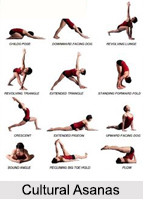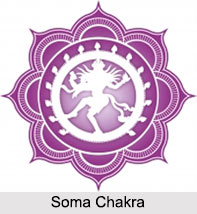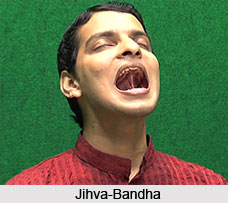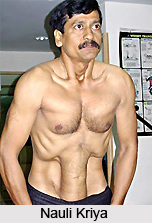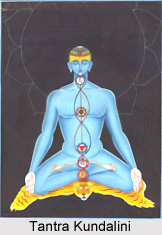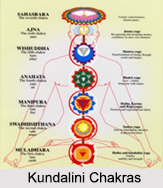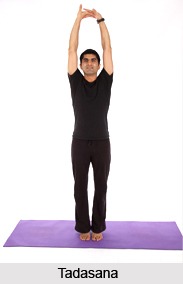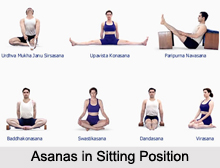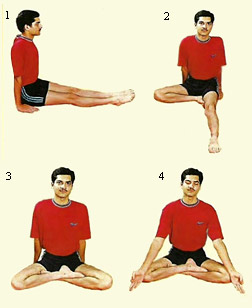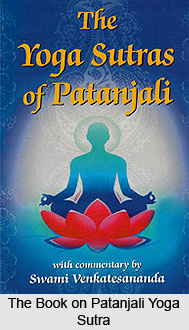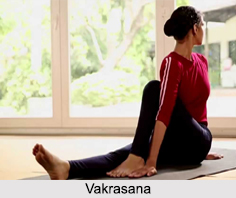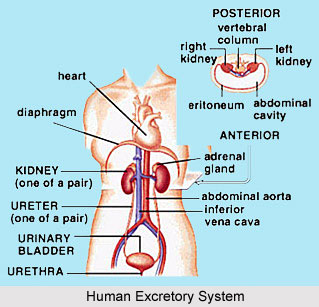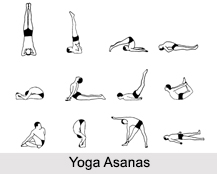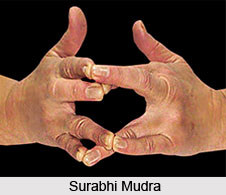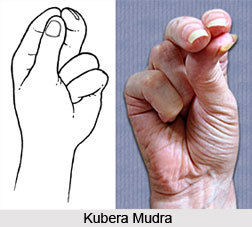The thirty-ninth yogic sutra speaks about the powers of a yogi, who retains the capability to enter another body of an individual, to liberate himself from every worldly karma. A yogi`s conscious soul can pass through one`s body, at his own will, and can again leave it behind. Samyama happens on the various causes of earthly bondage.
bandha bondage
karana cause
saithilyat laxity, relaxation
pracara movement, passage, channel, flow
samvedanat from knowing, from sensitivity
ca and
cittasya of the consciousness
para another`s, other`s
sanra body
avesah entrance, occupation
Through relaxation of the causes of bondage, and the free flow of consciousness, the yogi enters another`s body at will.
A perfect yogi can enter the body of another individual or, in order to free himself from the bondage of karmas, can leave his own body at will.
The yogi`s consciousness can enter the body of another when the cause of bondage (karmasaya) ceases and the knowledge of moving from one body into another is acquired. This is the conquest of the element of earth.
This is samyama on the causes of bondage - ignorance, egoism, desire, malevolence and fear of death.
It is understood that Sri Sankaracharya did parakaya pravesa (para = other; kitya = body, and pravesa = entry), i.e., entered into another`s body.
There was a philosopher by the name of Mandana Misra, during Sri Sankaracharya`s time. He was a follower of purva mimamsa. He was very conscious of his duties and use toperform holy rituals regularly. He was a householder and his wife`s name was Bharati. She too was a scholarly lady, who had full knowledge of the sacred texts. People who heard Sri Shankara`s philosophy of monism (advaita) maintained that if he could persuade Misra, a believer in rituals with many followers, to accept his philosophy and become a sannyasin (monk), it would assist Sri Shankara to establish his teachings. He was also told that he could easily recognise Misra`s house, because he would hear parrots chanting Vedas at his doorstep.
Sri Shankara wandered from place to place in search of Misra`s house. Hearing parrots chanting the Vedas, he realised he had arrived at the right place. Misra was performing rituals for his parents` death anniversary. Sri Shankara was made to wait till the ritual was over. Then they agreed to hold a debate on the respective merits of purva mimamsa and advaita. The precondition was that if one of them were defeated in argument, he would embrace the other`s philosophy. They chose Srimati Bharati, Misra`s wife to be the judge. She said that as she was busy with household affairs, she would garland both and whichever garland withered first, its wearer would be declared the loser. The arguments lasted for days. Slowly Misra`s garland began to wither, and Bharati declared that he had lost the debate. He accepted defeat and agreed to become Sri Shankara`s pupil.
Then Bharati challenged Sri Shankara, as the other half of her husband, he must debate with and defeat her, too, before they could become his pupils. She chose the subject and asked Sri Shankara to debate on the experiences of the life of a householder. Being a monk, he was in a dilemma. Though he was perplexed at first, he accepted the challenge and asked for time. She consented to wait for a stipulated period. Through his insight he came to know that a king by the name of Amaraka was dying. Sri Shankara told his pupils to hide his body in a safe place and to guard it until his return. Then, by his power of samyama on citra nadi (see Light on Pranayama), he left his body and entered the dead body of the king. The king was resurrected and Sri Shankara in the form of King Amaraka ruled the country. However, Amaraka`s queen became suspicious of the king`s behaviour, as it was not similar as that of her husband. Therefore the queen sent messengers to search for corpses and to bring them to the court at once. Coming to know of the queen`s plans, Sri Shankara feared that the queen might annihilate his original body. He at once left the king`s body, which fell to the ground, and returned to his original body.
Then Shankara appeared before Bharati. She saw through her yogic powers that he now possessed the experiences of a householder, and accepted defeat.
After returning to the South from his conquering tour of North India, Sri Shankara built a Sarada temple at Srrigeri in honour of Bharati, the great scholar. It is now one of the famous cloisters known as Srhgeri Sankaracharya Matha, a place for religious discourses, according to the teachings of Sri Shankaracharya.

